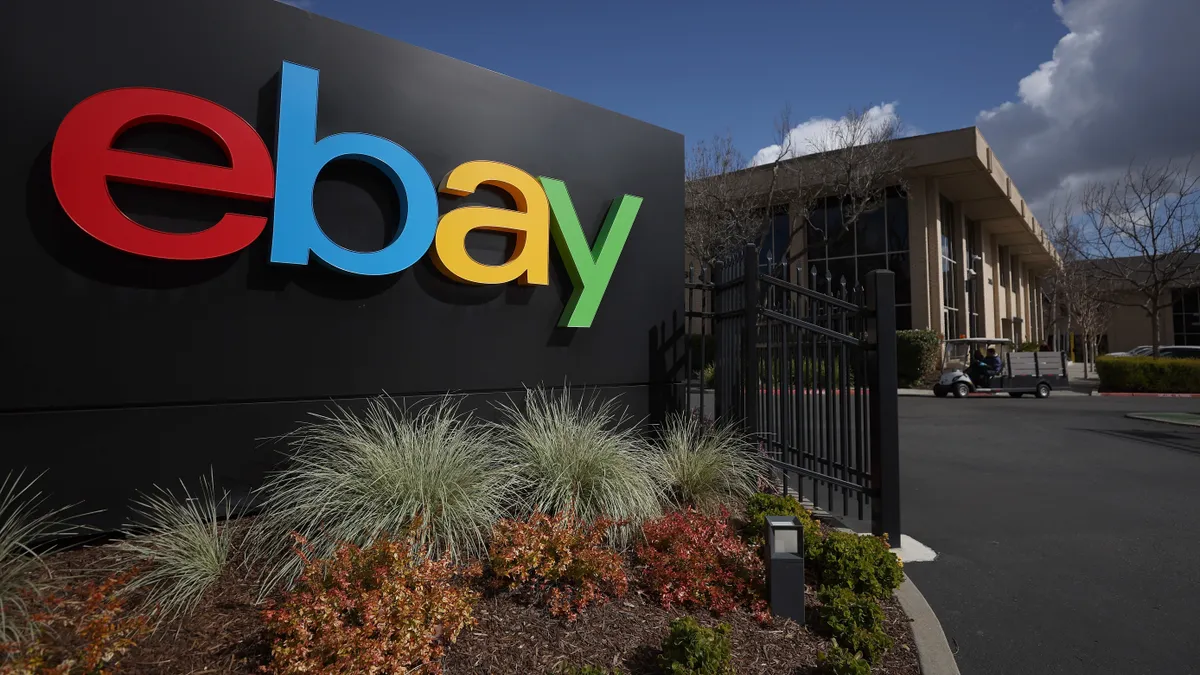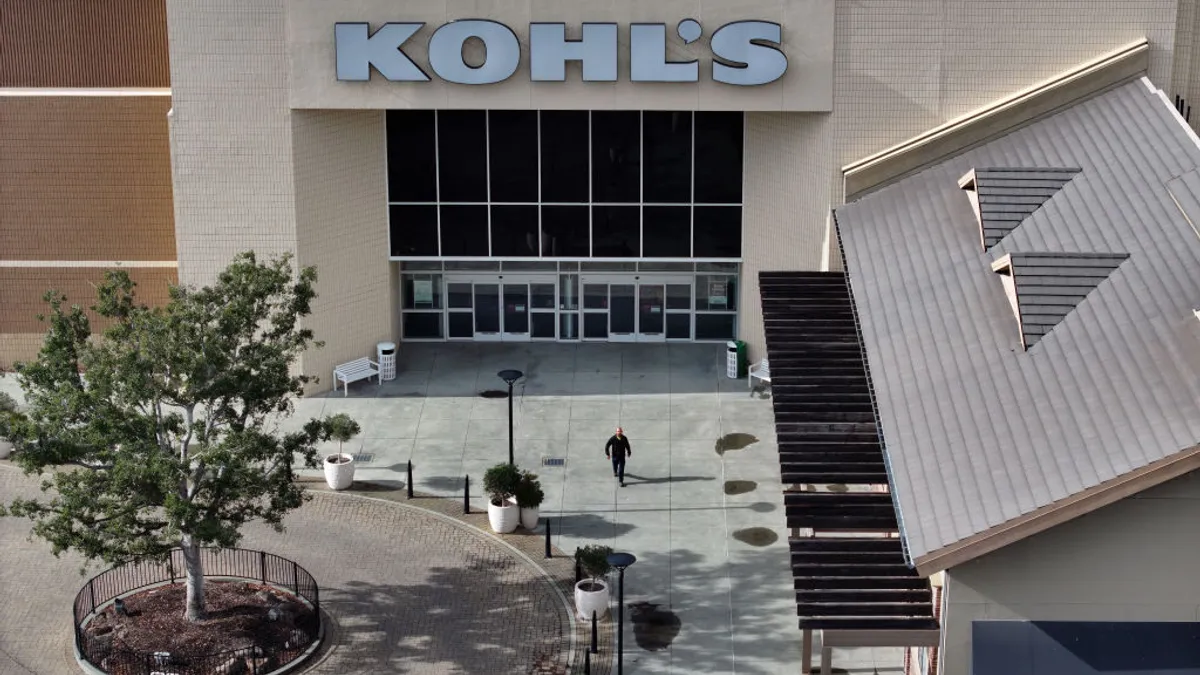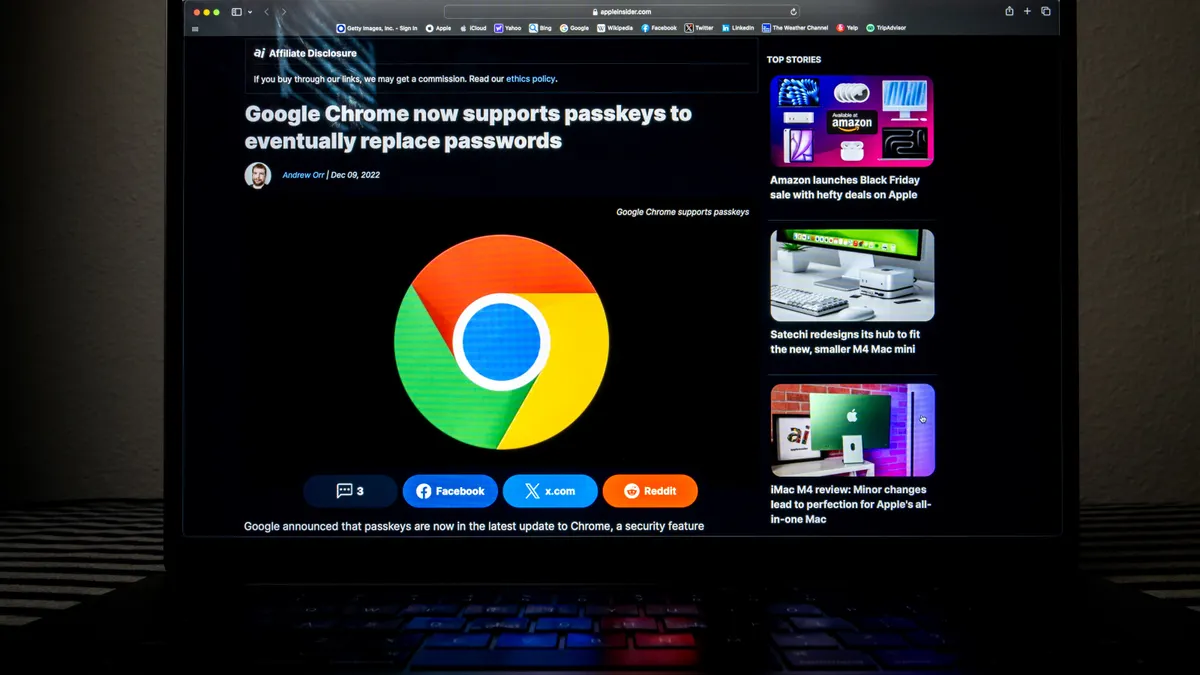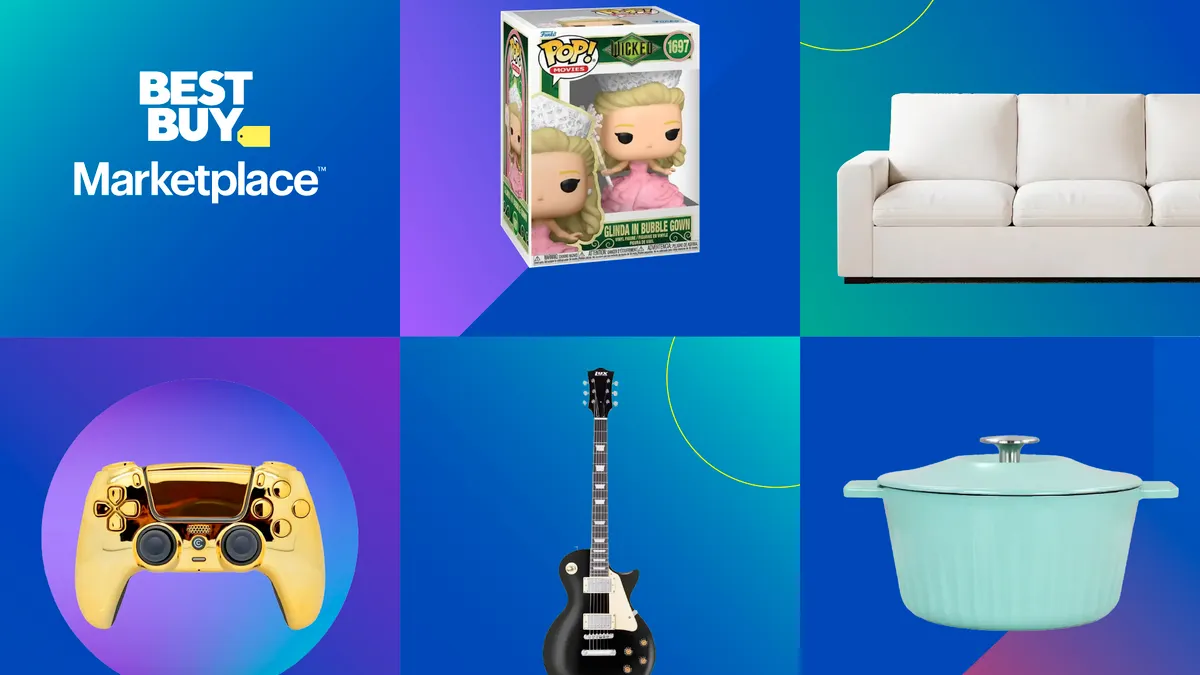Even though it's October, the holiday season is already in full swing. The importance of retail's performance in the coming months can determine a company's trajectory in a year where the industry has taken some big punches. Retailers have closed nearly 7,300 stores thus far, more than any other full year, according to research from accounting and consulting firm BDO. Retail Dive also recently discovered that 28 retailers are facing bankruptcy in the next year.
The stakes are high.
It means that retailers need to streamline backend operations, enhance both online and offline experiences and think creatively about promotions. "The market is changing so dramatically, that just going back to your playbook and doing what you did last year is unlikely to have the same results," said Allen Adamson, co-founder of brand consulting firm Metaforce and marketing professor at New York University's Stern School of Business.
Here are six ways retailers can stand out in the 2019 holiday season.
Highlighting promotions
Regardless of if it is online or at a physical store, people are looking for deals this season. Highlighting savings might be the best way retailers can position themselves in the coming months.
"Promote sales, promote sales, promote sales," said Sucharita Kodali, principal analyst of e-business and channel strategy at Forrester. "It's the number one thing that shoppers look for during the holidays."
Retailers have been responding by spending money on digital and social media ads, according to a new study by Kantar. (Amazon in particular boosted ad spend by 84% from 2017 to 2018.) Last year, The Home Depot spent the most on holiday ads prior to Thanksgiving and J.C. Penney spent the most during the week of Thanksgiving, per the report.
Yet, the 2018 holiday season showed that price cutting is starting earlier and lasting longer, thereby teaching shoppers to wait for those deals prior to purchase. The best way to get people to engage early is by offering calculated deals that are more targeted. "The strategy of breaking that down in daily deals and certain merchandise categories, merchandising on specific days, is a smart strategy," Ed Kennedy, senior director of commerce at e-commerce solutions platform Episerver, told Retail Dive last holiday season.
Getting websites ready for increased traffic
One of the biggest friction points with Black Friday is online traffic. While e-commerce has continued to increase during Black Friday through Cyber Monday, retailers found that their sites may not be able to absorb a dramatic increase in users.
In 2017, Macy's and Lowe's websites were impacted by technical glitches on Black Friday, online Gap shoppers felt a dramatic slowdown when it came to checkout and H&M had a full outage on Thanksgiving Day. Last year, J. Crew experienced a technical glitch for most of Black Friday (and on and off in the days following) and Lowe's went dark for a period of time, causing some shoppers to fill orders at rival The Home Depot.
Yet, the problems with keeping websites up and running continue to persist, even outside of the holiday season. Target recently experienced an outage on its registers, mobile app and website, and a recent study by LogicMonitor revealed that 96% of global IT decision makers reported at least one outage in the last three years. The ability to provide a seamless online experience for an increased user base may determine who has a successful fourth quarter.
Offering BOPIS
Last year was the biggest year on record for buy online, pick up in-store services, with a whopping 47% adoption rate by retailers, according to Adobe Analytics. Ryan Fisher, partner in consumer and retail practice at A.T. Kearney, said at the time in an interview with Retail Dive that it was "one of the key pieces" of the season that "really helped improve service levels across online and in-store."
Target and Walmart are currently the most popular retailers offering BOPIS, according to a recent report by Coresight Research. The study found that around 50% of consumers that engaged with the service did so at a Walmart and 34% did so at Target.
But BOPIS adoption has only continued to grow, with various retailers getting on board to offer it, as customers increasingly regard it as a commonplace service. Over the past year, for example, teen apparel retailer Rue21 announced the capability in over 700 locations, Nordstrom is leveraging the concept to drive foot traffic, Stein Mart introduced it at all of its stores and Gap Inc. brands Banana Republic and Altheta began offering it as recently as this month.
Building up mobile capabilities
Like BOPIS, mobile capabilities played a crucial role in landing sales during holiday 2018. According to an Adobe Analytics report at the time, mobile delivered 58.3% of traffic to websites, a nearly 20% year-over-year increase.
It represented a point of critical mass for retailers while the influence of mobile is only set to grow, with the sales of 5G smartphones in particular expected to exceed 1 billion users globally by 2025. However, while mobile is seemingly ubiquitous, over half of retailers feel ill-prepared to support emerging mobile technology, according to a recent study by WBR Insights. It could potentially mean leaving money on the table, as retailers are recommended to prioritize mobile payments among the tech services they implement.
Preparing for returns
Returns continue to be a pain point when it comes to both margins and logistics, specifically around the holiday season. This year, it is projected that 77% of consumers expect to return at least a portion of the presents they receive, according to a study by Oracle Retail. Furthermore, almost 20% of shoppers said they expect to return more than half of their gifts.
Retailers have been preparing for the impact. This month, FedEx announced that it was partnering with 7,300 Walgreens locations for in-store package pickup and drop-off services specifically to streamline the returns process. Arts and craft retailer Michael's struck a similar deal with UPS for parcel pickup and drop-off at over 1,100 of its stores. Kohl's this year also announced that it will be able to take Amazon returns at its over 1,150 locations (with or without a box or label).
Streamlined return services have been a crucial element to how consumers determine whether they will interact with a brand in the future, with 95% of shoppers saying that how smooth the process was influences if they will buy from the retailer again, according to a study last year by Voxware.
But, the answer on how to hold back the wave of returns may be found much earlier in the retail process. "Improve your product detail pages and make sure imagery and descriptions are accurate," said Forrester's Kodali. "The top reasons that people return things is that products don't fit or aren't as depicted."
Creating an in-store experience
Although e-commerce will play an important role in driving holiday sales, brick-and-mortar shopping is still critical to landing sales. Gen Z in particular still wants a brick-and-mortar shopping experience, with 55% reporting that they will do a majority of their holiday shopping in physical stores, according to a survey by Shopkick.
But, shopping needs to be both experiential and personal, according to NYU's Adamson. "The big macro trend that retailers are struggling to get is the insight that shopping online is impersonal. No matter how smart the algorithm is. It's a solitary, non-emotional experience," he said in an interview with Retail Dive. "Retail has to win in an area that online can't win, which is to make it more emotional, make it more personal. It still comes out of the basics. When you go to a store, you want to be treated personally. You want them to ... do something special just for you."
The concept of making an experience memorable through personalization will help retailers stand out, according to Adamson. "Yes, you need to offer them [the option] if they want to pick it up in store. But, give them something special for picking it up in store, like extra gift wrapping. They have to look for ways to differentiate, not just be just like Amazon."




















